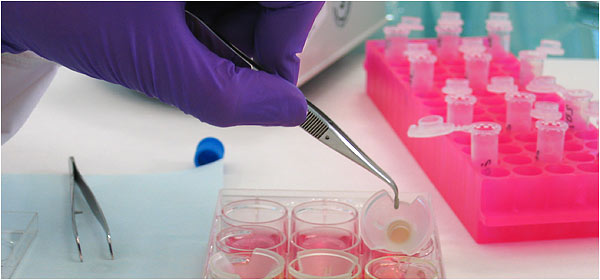The next issue of Studies in History and Philosophy of Science Part C: Studies in History and Philosophy of Biological and Biomedical Sciences is currently in progress, but some articles from the forthcoming issue have recently been made available online first. One article is by Alexander R. Fiorentino (Public Health and Community Medicine, Tufts) and Olaf Dammann (Public Health and Community Medicine, Tufts & Gynecology and Obstetrics, Hannover Medical School) and is on the topic of the Russo-Williamson thesis.
Federica Russo (Philosophy, Amsterdam) and Jon Williamson (Philosophy, Kent) have argued that, at least in the health sciences, establishing a causal claim typically requires both evidence that there exists an appropriate difference-making relationship and evidence that there exists an appropriate mechanism to explain this difference-making relationship, where this difference-making relationship may be a statistical association between the putative cause and effect (2007, Interpreting causality in the health sciences, International Studies in the Philosophy of Science, 21(2), pp. 157-170). This claim that establishing a causal claim in the health science typically requires these two types of evidence has become known as the Russo-Williamson thesis.
In their paper, Fiorentino and Dammann aim ‘to clarify the Russo-Williamson Thesis by interpreting its evidence types through the pragmatic lens of epidemiology’. They clarify the thesis by defining difference-making evidence as exposure–outcome evidence, and by distinguishing three sub-types of mechanistic evidence in the health sciences, viz., entity-based, association-based, and activity-based mechanistic evidence. They conclude as follows:
From this perspective, we find that both mechanistic evidence and exposure–outcome evidence are largely comprised of observed associations between variables, and this leads to further clarifications about the meanings of these evidence types and how each should be evaluated.
The clarifications thus allow them to propose some specific recommendations for the consideration of all this evidence in medical decision-making. Along the way, they also argue that their clarifications help to debunk a number of tempting assumptions about difference-making and mechanistic evidence. For instance, it is often assumed that difference-making evidence comes from epidemiological research and mechanistic evidence comes from laboratory research. But Fiorentino and Dammann suggest that this assumption can be seen to be false, once it is accepted that both evidence types are largely comprised of observed associations. They say: ‘If any given association can constitute either exposure–outcome evidence or mechanistic evidence, it follows that epidemiologic research and laboratory research are both capable of generating either evidence type, albeit for different causal claims’. For more of the details, check out their full paper.
…………..
The Reasoner is a monthly digest highlighting exciting new research on reasoning, inference and method broadly construed. It is interdisciplinary, covering research in, e.g., philosophy, logic, AI, statistics, cognitive science, law, psychology, mathematics and the sciences. Each month, there is a column on Evidence-Based Medicine.
